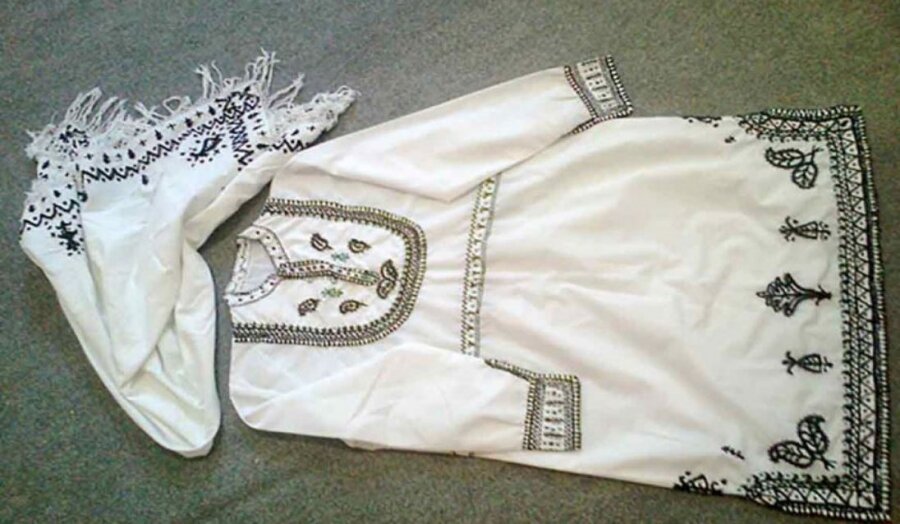Zabol seeks national status for native needlework

TEHRAN – Zabol seeks to gain a national status for Siah-duzi, an indigenous needlework skill, which is passed down from generation to generation in the southeastern Iranian city.
As part of the process of claiming the city as a national hub of handicrafts, a dossier is being prepared and artisans and craftspeople active in this field have been identified, Zabol tourism chief Sadeq Mirhosseini said on Saturday.
“The dossier is expected to be completed with more dedication and determination of experienced artists and craftsmen,” the official noted.
Zabol is situated in Sistan-Baluchestan province near the border of Afghanistan.
Siah-duzi is traditionally practiced in the Sistan region to decorate the chest and sleeves of clothes, and in this method of sewing, only black threads are used, which is usually silk.
Most light and white clothes in this region are adorned with triangular patterns of Siah-duzi.
The collective province -- Sistan in the north and Baluchestan in the south -- accounts for one of the driest regions of Iran with a slight increase in rainfall from east to west, and an obvious rise in humidity in the coastal regions. In ancient times, the region was a crossword of the Indus Valley and the Babylonian civilizations.
The province possesses special significance because of being located in a strategic and transit location, especially Chabahar which is the only ocean port in Iran and the best and easiest access route of the middle Asian countries to free waters. The vast province is home to several distinctive archaeological sites and natural attractions, including two UNESCO World Heritage sites, namely Shahr-e-Soukhteh (Burnt City) and Lut desert.
With 14 entries, Iran ranks first globally for the number of cities and villages registered by the World Crafts Council, as China with seven entries, Chile with four, and India with three ones come next.
The value of Iran’s handicrafts exports stood at $120 million during the first eleven months of the past Iranian calendar year 1399 (March 20, 2020 – February 18, 2021), Mehr reported. The country’s handicrafts exports slumped during the mentioned months in comparison to the same period last a year earlier due to the damage the coronavirus pandemic has inflicted on global trade.
The Islamic Republic exported $427 million worth of handicrafts during the first eleven months of the calendar year 1398. Of the figure, some $190 million was earned via suitcase trade (allowed for customs-free and tax-free transfer) through 20 provinces, according to data compiled by the Ministry of Cultural Heritage, Tourism and Handicrafts.
Ceramics, pottery vessels, handwoven cloths as well as personal ornamentations with precious and semi-precious gemstones are traditionally exported to Iraq, Afghanistan, Germany, the U.S., the UK, and other countries.
ABU/AFM
Leave a Comment